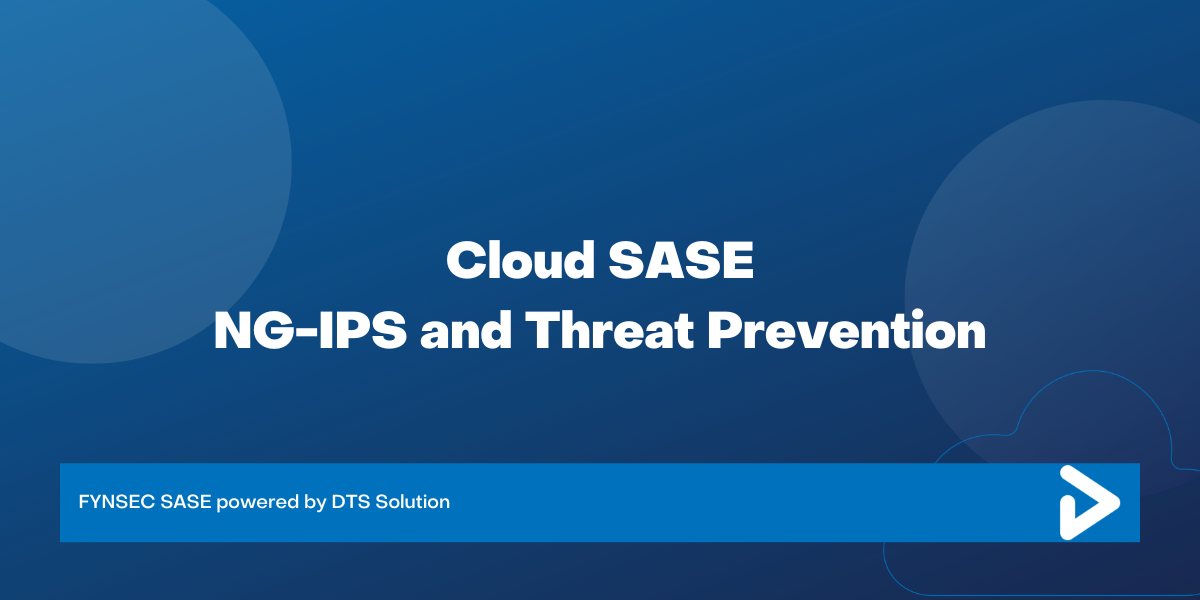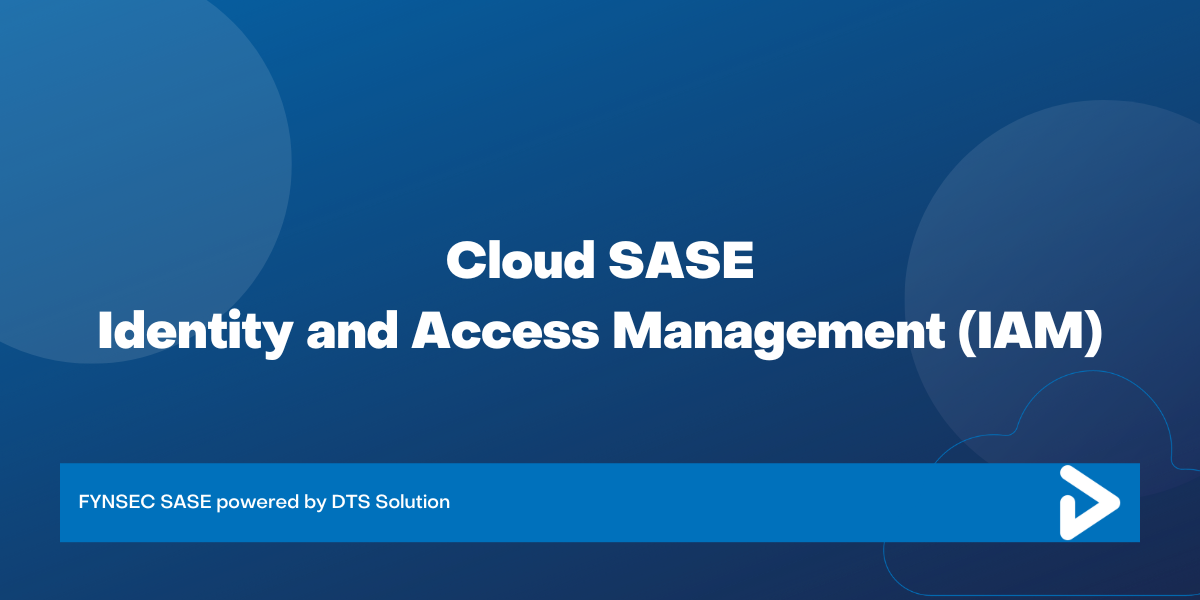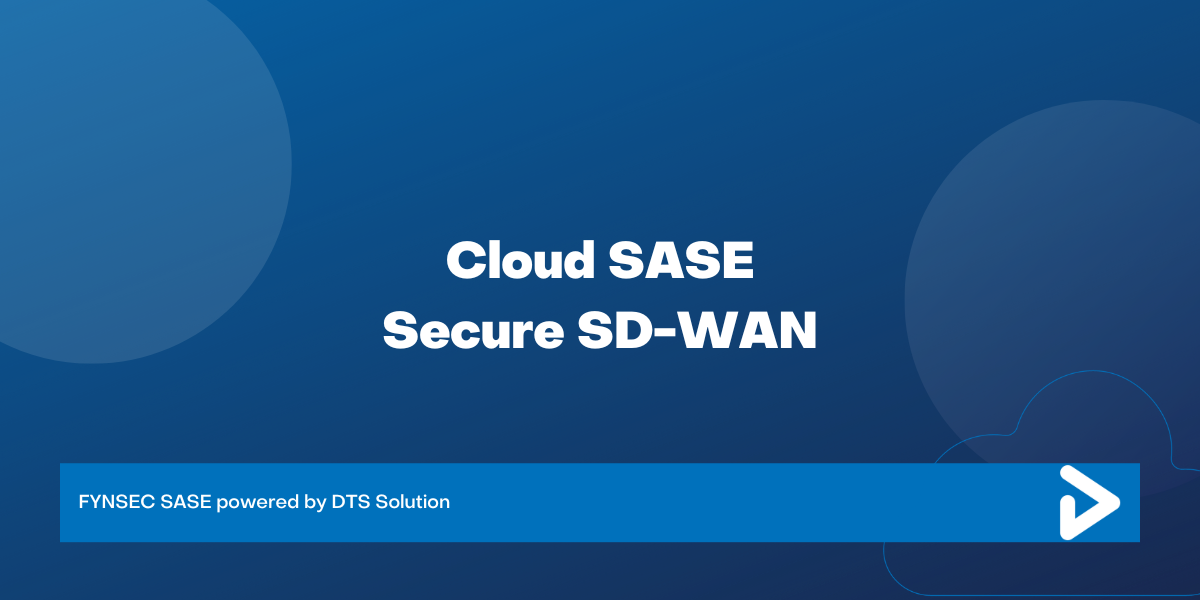Cloud SASE – Cloud Access Security Broker (CASB)
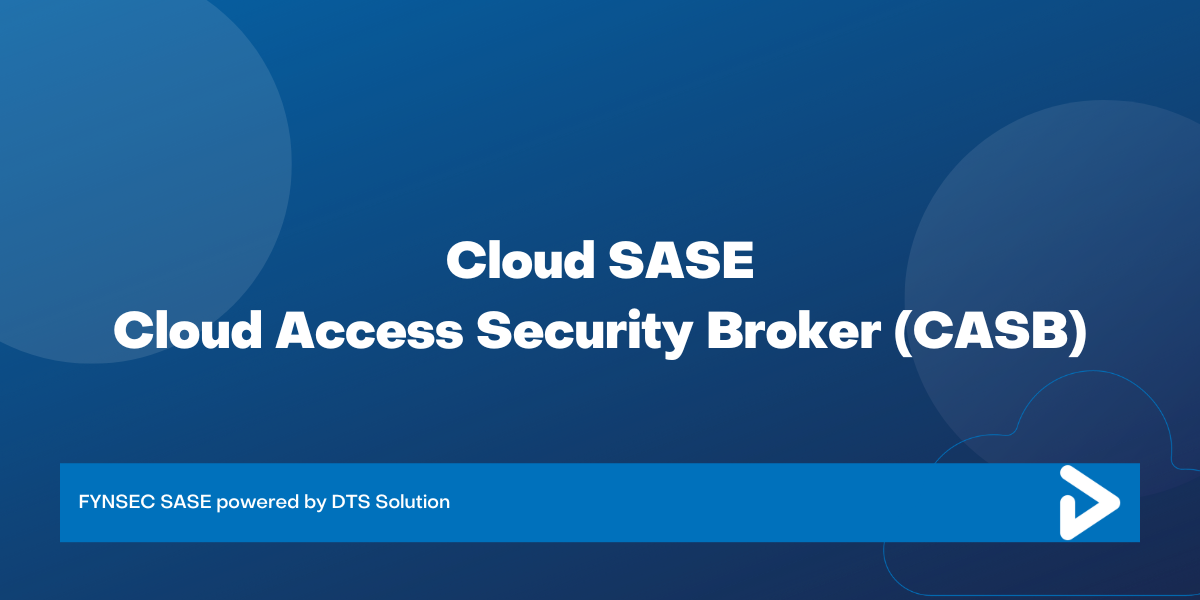
Adopting the cloud has proven to be a wise decision for many enterprises, decreasing the IT OpEx costs and being more efficient and productive operationally.
Many organizations have shifted their workloads to the cloud and are embracing online productivity and collaboration technologies through IaaS, PaaS, and SaaS services.
In addition to the trend of cloud migration and integration, the pandemic-forced lockdown was a surprise for organizations of all sizes. Physical restrictions changed how we work, dramatically increasing the number of remote employees and accelerating the adoption of cloud services.
Migrating to the cloud without an appropriate strategy and blueprint has left enterprises with many cloud security challenges arising from users accessing the cloud. Such challenges include managing remote access securely, providing zero-trust Internet access for the remote workforce, preventing data loss and leakage for remote employees, monitoring shadow cloud and IT applications, to name a few.
A Cloud Access Security Broker (CASB) addresses many of the abovementioned challenges. It ensures that traffic between user devices and the cloud adheres to the security standards of the enterprise by providing visibility and enforcement controls for securely managing users.
As cyber threats advance in sophistication and new attack assault techniques emerge, it becomes crucial for organizations to embody detect and protect first culture when securing users access to the internet and cloud environments. The following threat vectors need to be understood and managed.
- Corporate users accessing unapproved cloud application
- A corporate user connecting to a malicious website
- Corporate users infected and backdoor malware communicating with C&C
- Corporate users exfiltrating data out of the organization
- Corporate users accessing enterprise cloud SaaS services from personal devices
A cloud access security broker (CASB) is a security platform and SaaS offering that resides between a user and a cloud service provider (mainly SaaS). It is a tool for enforcing an organization’s security rules and policies on cloud usage and access while identifying risks and ensuring compliance and best security practices.
CASB overcomes many problems discussed in the cyber challenges section by providing unrivaled security, visibility, and control over cloud SaaS application access. CASB can successfully manage businesses’ security requirements while using SaaS cloud services to access and store corporate data.

CASB’s key functionality is ensuring that network traffic between on-premises users and cloud providers meets the compliance requirements of the organization’s security policy. The value of cloud access security brokers is derived from their capacity to provide visibility into cloud application utilization and detect unauthorized use while providing additional features that will be discussed in detail later.
CASB can perform auto-discovery to detect cloud apps accessed by corporate users and the overall usage of cloud apps.
Additional features include governance and compliance risks related to the SaaS platform in terms of identifying any misconfigurations, ensuring data encryption, and applying tokenization of data in the SaaS. Providing threat prevention, mitigation, and enforcement of strong authentication with conditional and contextual access.
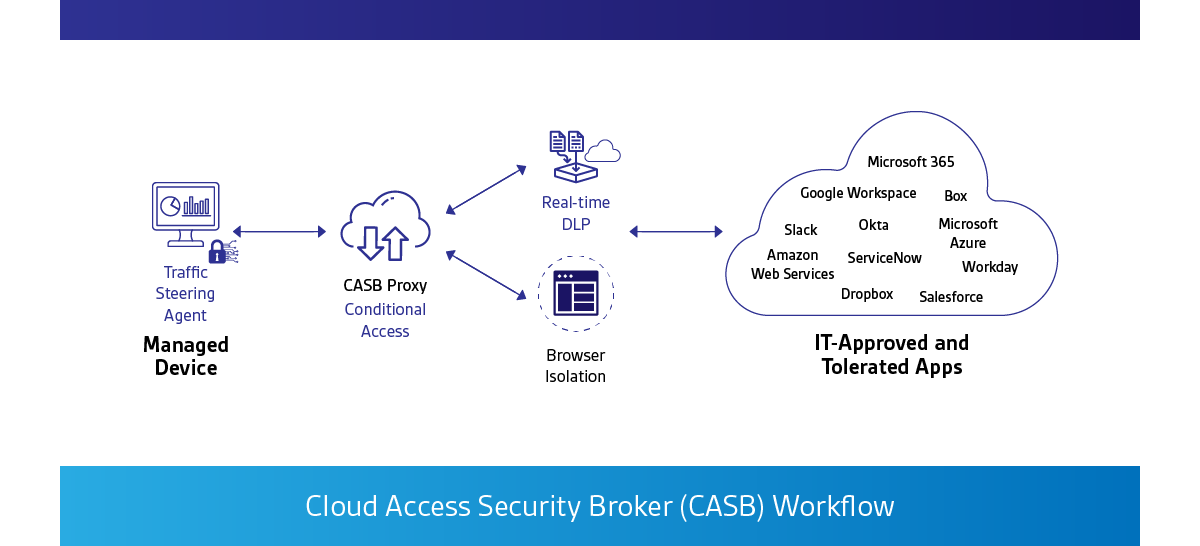
- Cloud Governance and Compliance Risks
- Identify all cloud applications accessed by the users and categorize them by eliminating shadow IT. The auto-discovery feature will provide the ability to inventory cloud apps and analyze risk posture as a company.
- Create a global picture of cloud app usage, including data for traffic volume, usage hours, and user account count. Create a benchmark view to check how many applications have been added over a specific time. Drill deep into each cloud app to do extensive risk assessments.
- Data Loss Prevention
- FYNSEC’s CASB solution has a DLP policy creator that provides the ability to create and apply DLP policies to cloud services.
- Thoroughly monitor and control uploads, downloads, and sharing of critical and sensitive data all over the cloud environment.
- Threat Prevention with UEBA
- Using a CASB overcomes the problem of malicious user or entity behavior; since it continuously observes suspect login and activity behavior. A CASB can instantly remove access from the suspected account if a risk is identified.
- Deploy attack mitigation measures such as rigorous identity verification, application activity blocking (e.g., blocking downloads of shared documents), and account access.
- Enforce policies for location-based access control (also known as “geofencing”).
- Zero Trust and Strict Access Control
- Using a CASB provides the ability to enforce zero-trust security architecture in the cloud. CASB technology monitors activity within cloud apps rather than only the access at the perimeter. The information security team can observe what is happening within cloud applications, such as who is accessing what information, who is sending and sharing what sort of information, which cloud apps are connected through OAuth, and so on. A CASB addresses this issue by offering complete visibility and control over these behaviors while automating corrective procedures.
- Cloud Configuration Auditing, Logging, and Monitoring
- Keep track of who is accessing cloud apps from controlled and unmanaged endpoints.
- Detect and track privileged user access and configuration changes within the SaaS.
- Track cloud app usage across numerous categories, such as user, location, device, activity, data object, and division. Ensure the identification of aberrant and suspicious activities in real-time.
- CASB integrates with supported SaaS platforms using APIs to centralize cloud auditing and logging and gives security administrators a single pane of glass for visibility and monitoring.
SASE, by definition, provides a cloud architecture model that “combines network security functions (such as SWG, CASB, FWaaS, and ZTNA), with WAN capabilities (i.e., SD-WAN) to support the dynamic, secure access needs of organizations.”
It is important to note that SASE is built on the foundation of CASB with broad capabilities and features to secure critical data when accessing and managing the cloud. With SASE adoption becoming mainstream -the requirement to have integrated CASB functionality is a no-brainer.
CASB is a critical element of a complete security stack, which is why it is one of the essential security components services provided by FYNSEC. Our Cloud SASE takes the capabilities and features of a CASB a step further by addressing all of the best security practices and policies for decentralized organizations with multiple offices, branches, sites, and a remote workforce.
Get in touch today on how CASB can be leveraged as part of your Cloud SASE and Secure SD-WAN Strategy and Implementation.

